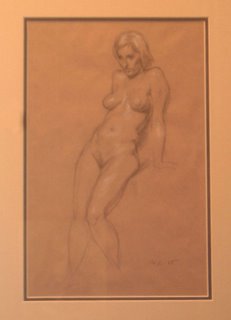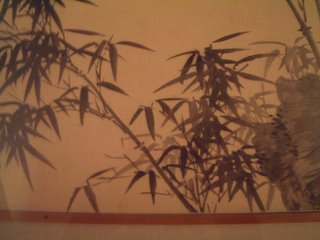Julio Gonzales

Another great show from the Chicago Cultural Center -- Gonzales has an interesting
story. Born the son of a blacksmith in 1876, he went to Paris to become an artist around the turn of the century -studied painting -- learned how draw a pretty strong figure -- tried some of the modern styles that were then current. Biographies are not clear about the progress of his career -- but it appears that he didn't get very far until Brancusi and then Picasso hired him as a technical assistant in the art of metal working (which he had learned from his father -- and from working at an automobile factory) Picasso designed the sculpture -- and Gonzales made it -- until eventually he asked the master's permission to keep on making it as his own.
Thus began his career as an avant garde, modernist sculptor -- at about the age of 50.

He also made figurative pieces -- an occasional head or hand -- and some very sweet, small metal reliefs.
The thing about Gonzales is that he could -- and would --- make beautiful things -- the kind of things that might be found as ornamental flourishes on wrought iron gates or in high-end art/craft fairs. Lucky for him, though, Picasso helped him also become an art-star.









